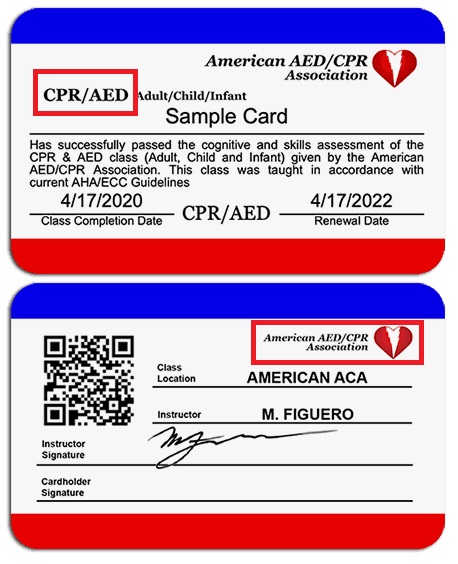Cardiopulmonary resuscitation or CPR, is a well-known medical technique used in emergencies to preserve brain function, restore blood circulation and keep the respiration of the vital organs of the human body.
It results very helpful in case of a heart attack or drowning; through chest compression and artificial ventilation, it helps to mitigate the effects of any of these conditions until it is possible to reach a medical center.
Although you have surely seen this type of resuscitation in movies, you must have a specialized preparation and a certificate that supports it. Here you will find information about it.
How to get my CPR certification?
If you want to learn how to perform this type of resuscitation, you must complete training in authorized organizations.
The American Red Cross is the most common and popular institution that offers this certification to anyone who wants it. Besides, it offers education in this matter to first responders, nurses, teachers, lifeguards, among others.

It is a quick and easy procedure; you just have to sign up for one of their trainings, pass the evaluations, and then you will get your CPR certification.
If you choose the American Red Cross, you will obtain a digital credential with a QR code; this will allow your employers to check the veracity of the document. However, if you want to see more options, you can visit this page American Heart Association; you can find the schedules and sign up to attend the classes.
For how long is it valid?
In case you have completed the necessary training to learn resuscitation techniques, you have surely obtained the credential to be able to perform them. According to the Scientific Advisory Council of the American Red Cross, the CPR certification is valid for 2 years from the moment of issue, since it is the maximum estimated time that an average person can remember the concepts and practices.
Even though this is the official period, if you do not practice you may forget some things or steps. A study has shown that half of the people who take the training and wait a year to take the exam, generally do not pass it.
Although you will not have to perform CPR every day, we recommend that you keep your knowledge fresh; try to review the study material once in a while, or practice with any object that simulates a person’s chest.
➡ READ ALSO: Basic requirements to host a foreign exchange student
Benefits of having CPR skills
Having the knowledge and practice to perform these procedures is very beneficial to you and the people around you; it is an option that can save a person’s life when medical assistance is not available at the time.
Here are three of the most common CPR techniques:
- Open-Chest CPR: It helps to generate blood flow and coronary perfusion pressure. The chest is opened through a thoracotomy to access to the heart, and perform compressions using the whole hand with fingers extended against the sternum, or it can also be performed with the thumb and fingers.

- Chest Compressions: In this technique, the person must perform high-frequency chest compressions to achieve resuscitation in the event of a heart attack.

- Interposed Abdominal Compressions: It is a more complex procedure since it involves 3 techniques at the same time; a resuscitation that provides ventilation, chest compressions, and abdominal compressions. This will increase the diastolic aortic pressure, and improve coronary perfusion and blood flow to vital organs.

Certification renewal
If you have an American Red Cross CPR certification that is about to expire, or if it already has, you have to enroll in a mixed training to renew it. This will allow you to study the theoretical procedures online, and then take the practice in person.
Even though the certificate is valid for 2 years, it is important that you practice constantly and review updated information; this way, if someone needs your help, you can provide assistance effectively and save a life.
